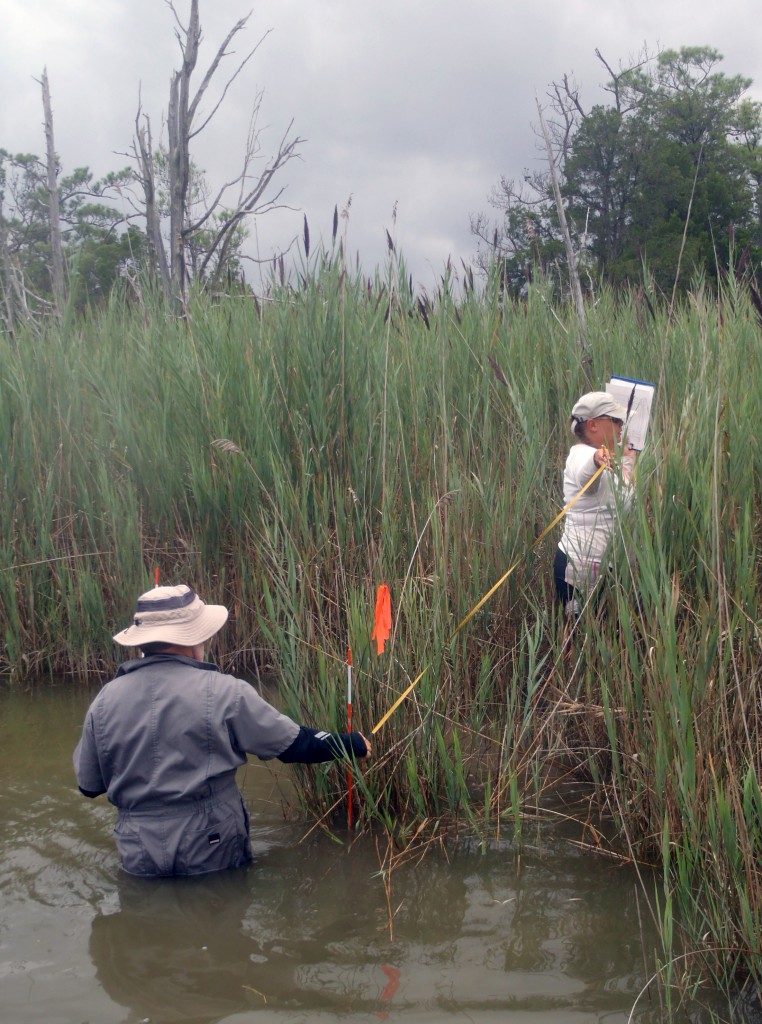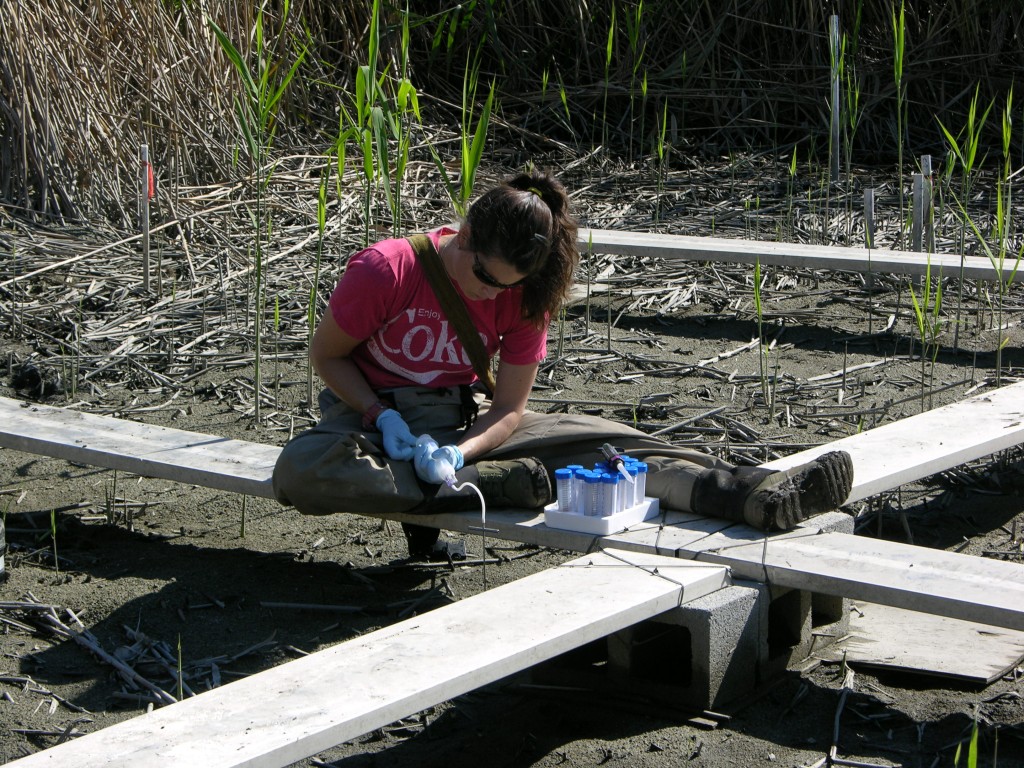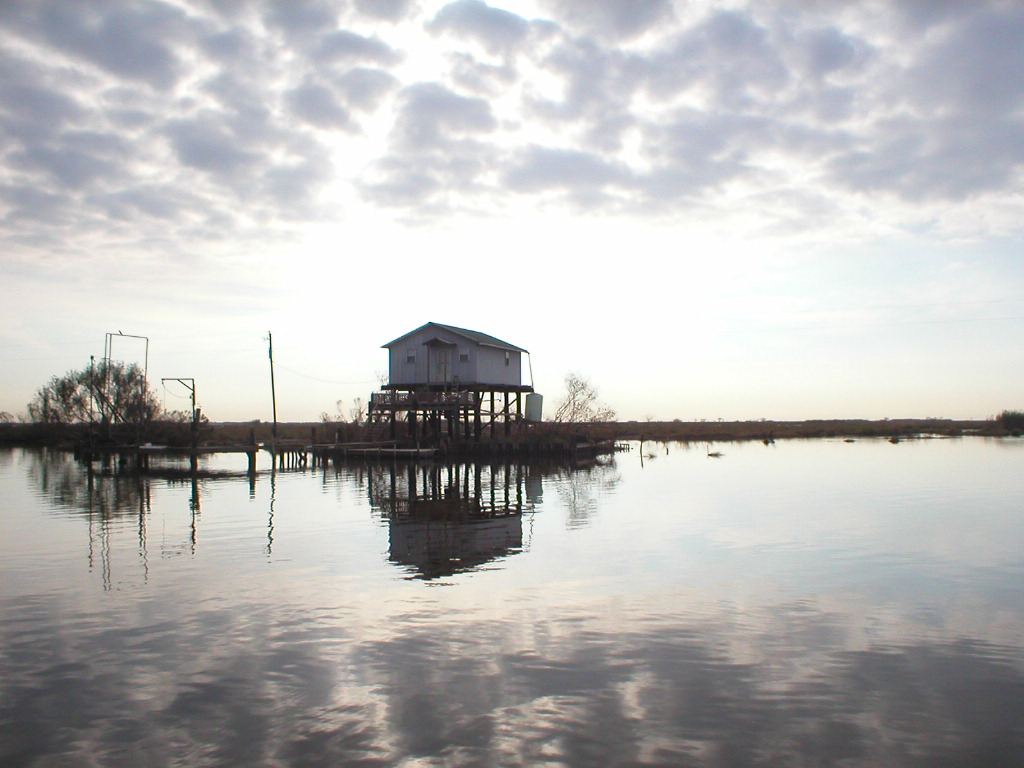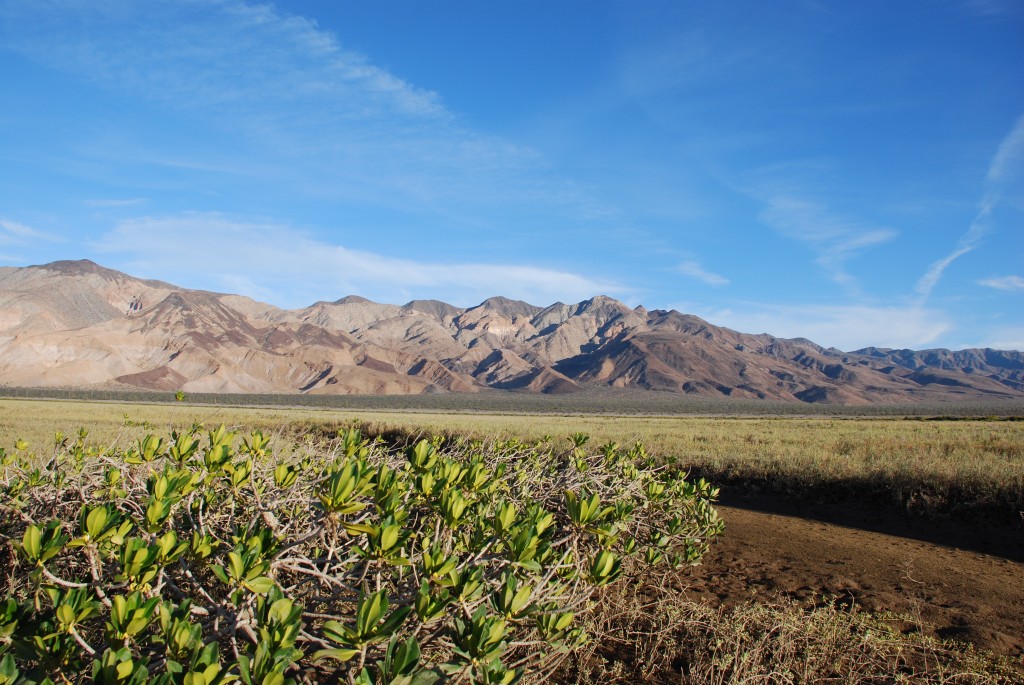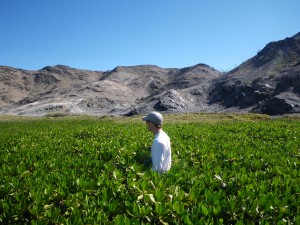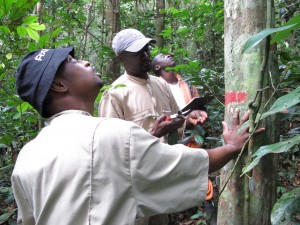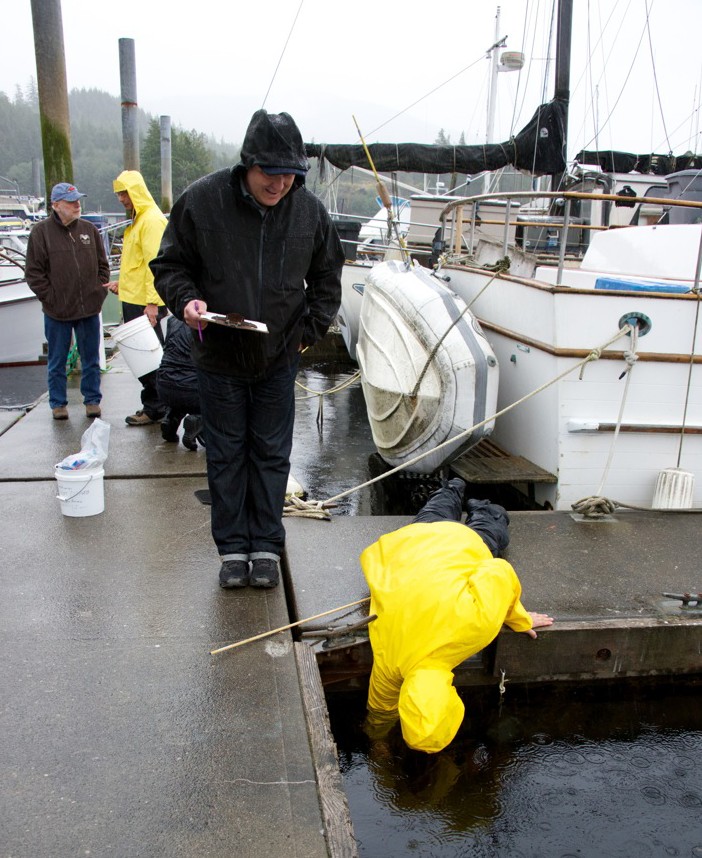by Kristen Minogue and Heather Dewar
As mangrove trees lose ground to deforestation and urban sprawl, one development seems to be giving them a boost: climate change. Fewer winter cold snaps have empowered them to conquer new territory around their northern Florida boundary, according to a study of 28 years of satellite data from the Smithsonian Environmental Research Center and the University of Maryland.
An estimated 35 percent of the world’s mangroves have been destroyed since 1980, according to previous research, outstripping tropical rainforests and coral reefs. They are also some of the planet’s most valuable ecosystems. Mangroves protect coastal cities from floods and hurricanes. Their above-ground roots shelter many commercially valuable fisheries, including blue crabs, shrimp and lobsters. And they are phenomenal at burying carbon. The soils of coastal ecosystems like mangroves can store carbon at a rate 50 times higher than tropical rainforests. Scientists have estimated their total ecosystem services value more than $1.6 trillion a year—making the expansion a possible blessing.
“Some people may say this is a good thing, because of the tremendous threats that mangroves face,” said the study’s lead author, Kyle Cavanaugh, a postdoctoral research fellow at the Smithsonian Environmental Research Center in Edgewater, Md. “But this is not taking place in a vacuum. The mangroves are replacing salt marshes, which have important ecosystem functions and food webs of their own.”



